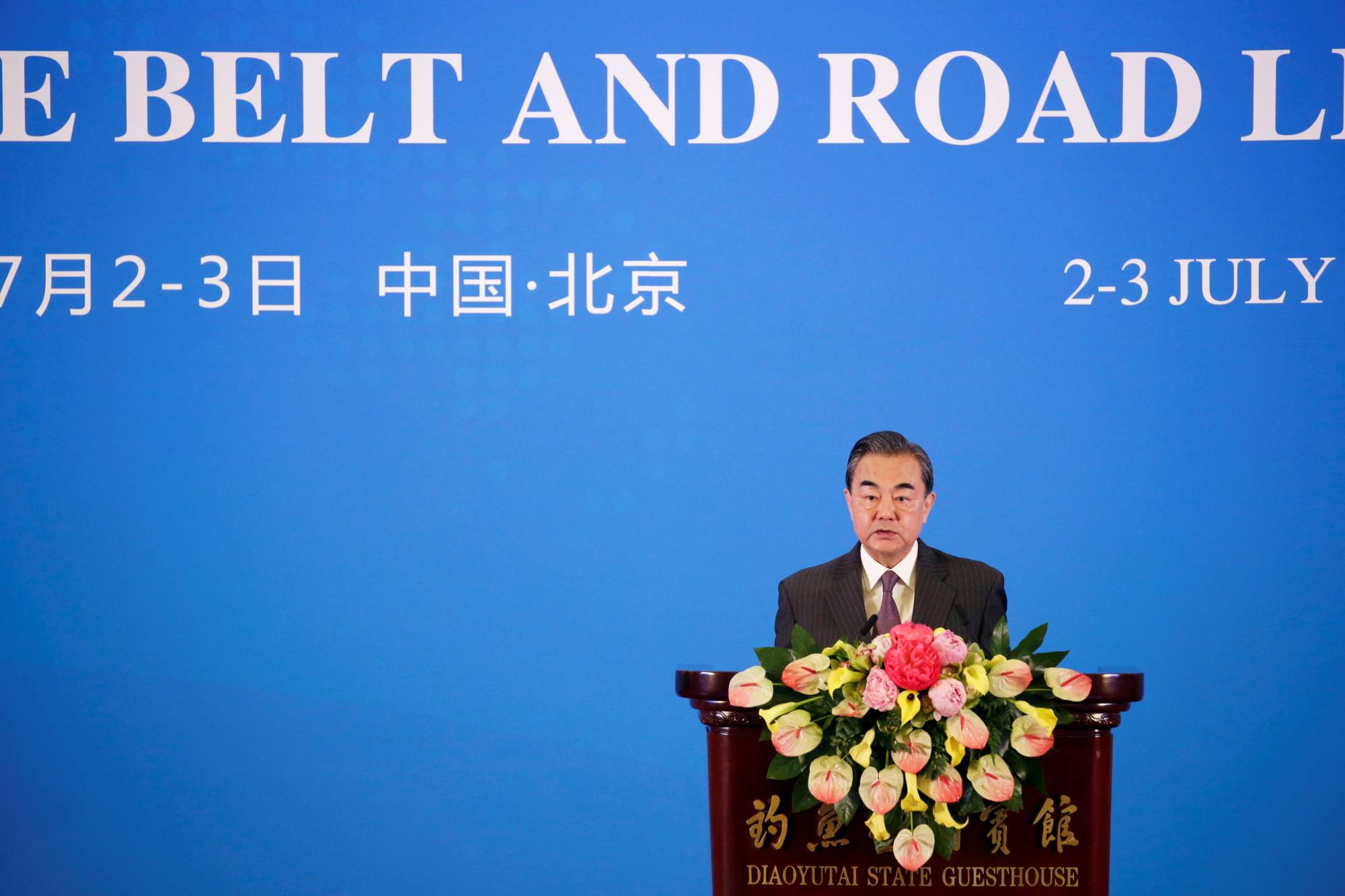In the past decade, the proliferation of new infrastructure and connectivity projects in the Indo-Pacific region has resembled Jagdish Baghwati’s 1995 “spaghetti bowl” analogy, with which he argued that too many crisscrossing free trade agreements were paradoxically counterproductive in connecting states through freer and more open global trade. It is time one asks if there are more connectivity and infrastructure projects than the region needs.
Over the years, Japan has set the gold standard for infrastructure lending in the region. But, for the last eight years, the country has also had to compete aggressively (amidst some cooperation) with China’s 2013 mega infrastructure project, the Belt and Road Initiative (BRI). While a degree of competition is always healthy, the risk that arises with excessive donor competition is that it could lead to overly ambitious agenda setting and/or a drive for quantity that could undermine quality in the lending projects.
The ongoing global pandemic has exposed many BRI projects with poor lending practices that were made out of the abundance of balance-of-payments surplus China has accumulated and competition among internal provinces and external recipients. A few have already been scrapped and several that seemed dubious even before the start of COVID-19 now look like white elephants. Egypt has already postponed a project, Bangladesh and Tanzania are canceling projects and Pakistan is asking for easier repayment terms.


















With your current subscription plan you can comment on stories. However, before writing your first comment, please create a display name in the Profile section of your subscriber account page.